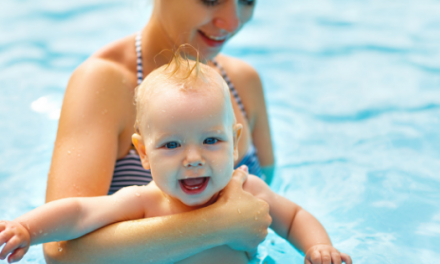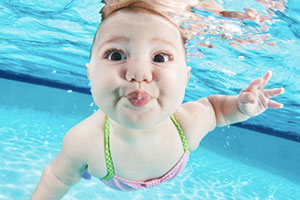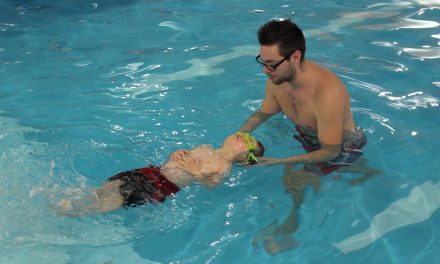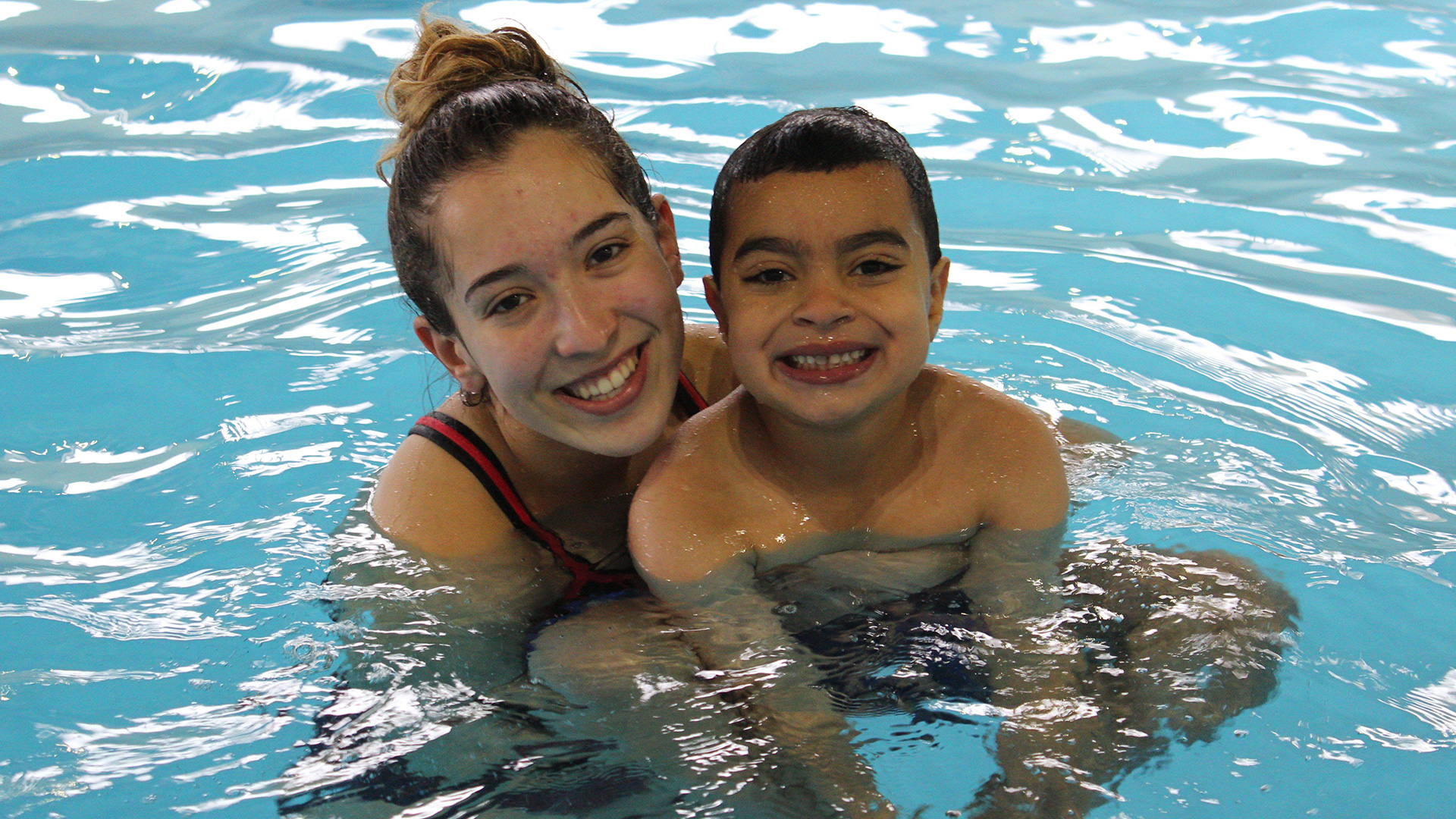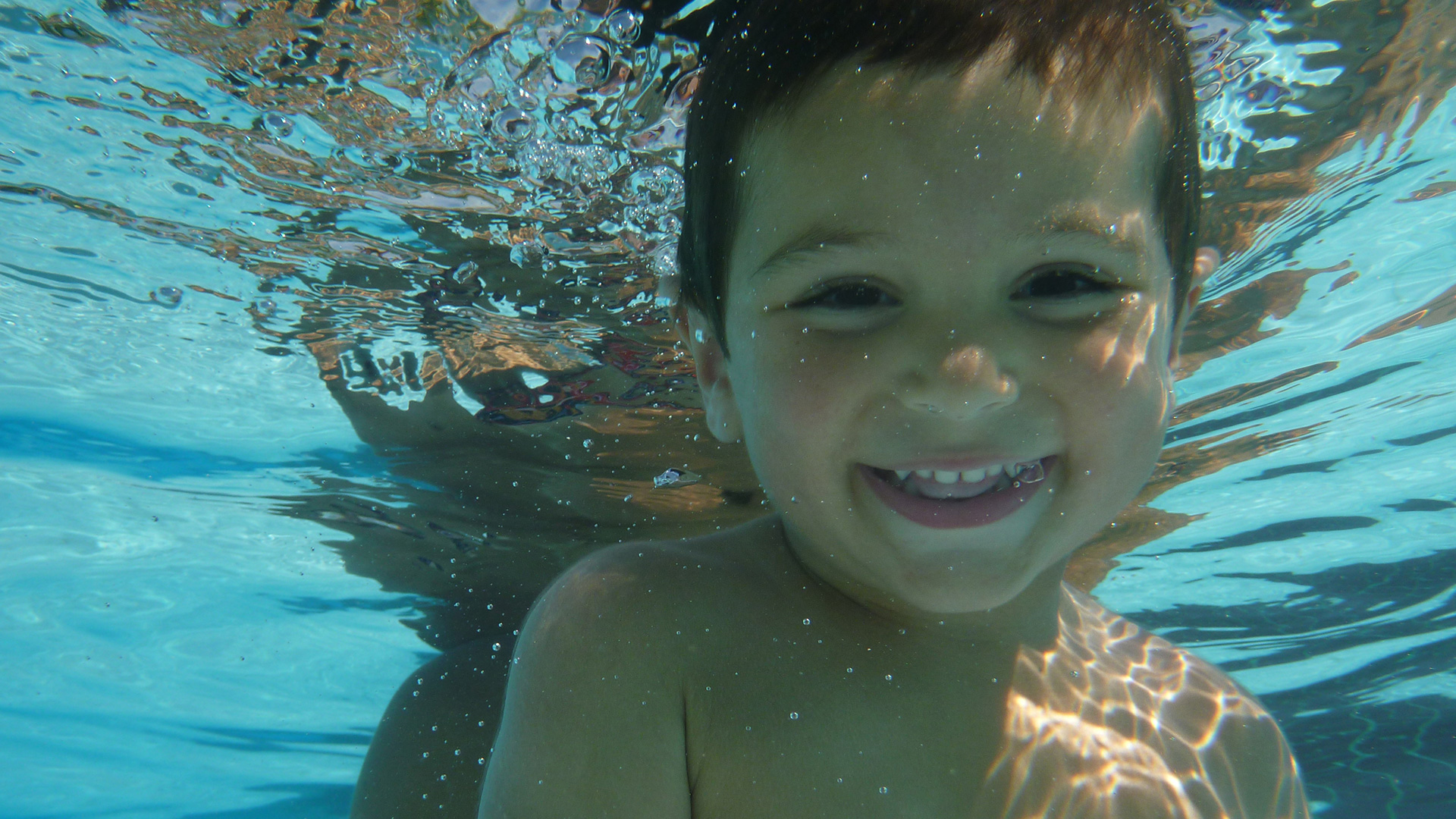Learning to swim should not be an end goal of swimming lessons. Learning to swim is easy, can be done in a few months or a few sessions. Then what? Check that one off the list and move onto a new sport / activity? Absolutely not. Learning to swim is merely the first step in a potentially long and successful aquatic career, which is an avenue that should be available to all kids.
The most effective swimming programs create passion, long-term commitment to the sport, and most importantly success in their athletes. These are the programs that focus on developing beginner swimmers into competitive swimmers from the very get-go. There are multiple advantages of learning to swim and training to become a competitive swimmer, and then actually becoming a competitive swimmer.
Kids learn to swim faster. It’s simple. Focus on learning the most important skills – in this case the 4 competitive strokes front crawl, back crawl, breaststroke, and butterfly – as young as possible, and your child learns to swim faster and better. It’s like learning to swim with a life jacket. The aid can act as a crutch, making the swimmer dependent and eroding confidence. Learning the toughest skills from the get go raises the bar: train harder, and get better results.
Become a master of the sport, and more doors open. Becoming a competitive swimmer makes you a master of the sport. Competitive swimmers are taught the very fine details of the sport, from aerodynamics, efficiency, power and discipline. Competitive swimmers often make the best water polo players, synchronized swimmers, and yes, lifeguards, and many of the former often start as competitive swimmers before moving onto their next aquatic discipline. The opposite is also true: pools love hiring competitive swimmers, due to their natural comfort in the pool and within the sport itself.
Swim lessons that focus on developing competitive swimmers teaches more fitness and technique, thus promoting better cognitive and physical development compared to regular swim lessons. There are 2 dominant types of swim programs, skills-based and level-based. While level-based is more focused and can be more repetitive, skill-based constantly challenges the swimmers by introducing more advanced skills at younger ages. Keeping competitive swimming as an end goal also ensures endurance is worked on constantly, improving independence and survival from young ages.
It encourages kids to stay involved in swimming beyond lessons. By begin introduced to the next stage in the swimming career (competitive swimming) in swim lessons, it provides kids and young swimmers with their next goal. It’s not just ‘learn to swim’; it’s ‘learn to swim so you can become a competitive swimmer’ (Olympic swimmer even?). By constantly promoting this next step to young swimmers, it instill a sense of a larger goal and promotes swimming as more of a life sport than a temporary activity.
Learning to swim like a competitive swimmer provides more stimulating and challenging swim classes. Kids love a challenge, they yearn for it. Swim programs that focus on the four strokes and introducing them at the youngest age possible exposes kids to more advanced skills, and at younger ages. It thus becomes easier to identify strengths and weaknesses, and develop them accordingly. When kids are permitted to practice more of what they love and are good at, it promotes passion and a desire to stay involved in the sport longer.
Competitive swimmers are top athletes. Thus training like one from the very start promotes endurance, strength, and improved overall fitness. We all know at least 1 competitive swimmer, and how we describe them physically is probably very similar: lean, wide shoulders, usually all around good athletes. The incredible cardio and lung capacity benefits of competitive swimming have wide-ranging benefits in other sports. In fact, many top athletes from other sports use swimming and a cross-training activity.
Competitive swimmers are excellent students. It’s all about discipline and self-motivation. Competitive swimmers must learn these skills from the very first practice. It is ingrained in their psyche. Competitive swim practices require swimmers to start on the clock and finish on the clock. they cannot miss a beat or the whole lane falls behind. Swimming lengths is far from your typical gym workout with music blaring and tons of distractions. All you hear is the movement of water around your body, and the sound of your lungs and heart pounding. Thus, competitive swimmers develop incredible mental fortitude and discipline, as they are solely responsible for their success and output during practice. These important qualities translate directly to the classroom, where students are becoming more and more responsible for ensuring homework is handed in on time and deadlines met.
All kids should have the option of becoming a competitive swimmer. Fortunately, swim teams are available everywhere. Some clubs even offer flexible competitive and recreational programs where you can build your own schedule. So check out your local pool, or explore the newest up-and-coming club to see what options are available to you and your kids.
Read next: Why competitive swimmers should become lifeguards and swim instructors.




